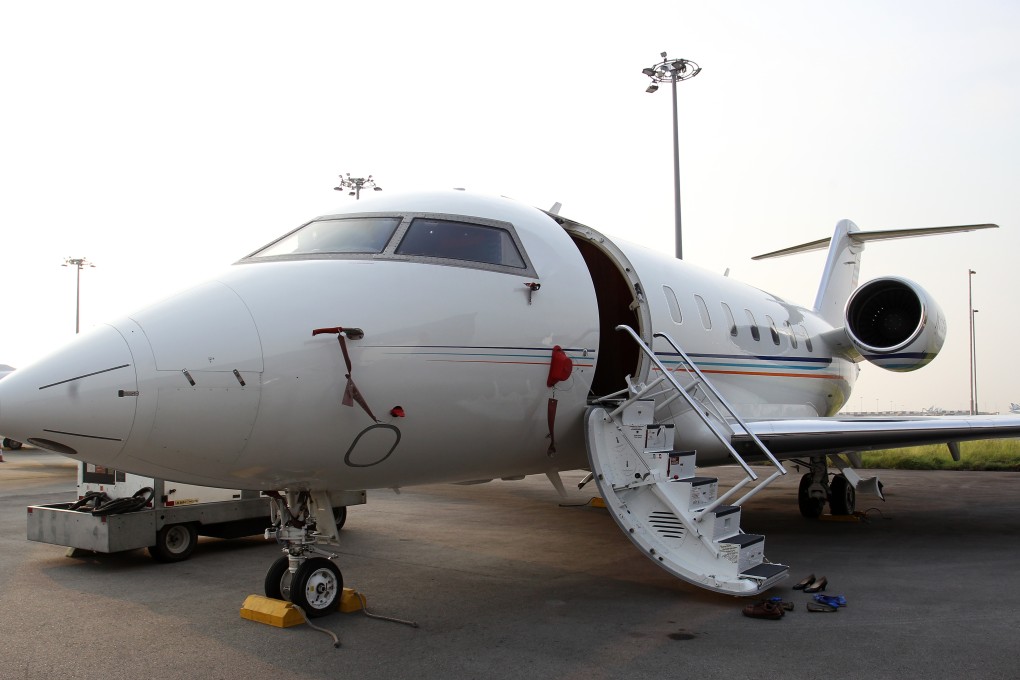NetJets sees shared plane ownership as its long term goal in China
Chinese operation of NetJets does good business despite austerity drive as it sets long term goal of adopting the US shared ownership model

NetJets, the world's largest private jet operator that was the first foreign player in the niche sector on the mainland last year, said it is commited to the market over the long run and is not giving up on introducing fractional ownership of aircraft into China even if it involves changing the law.
The China operation of NetJets, which is owned by Warren Buffett's Berkshire Hathaway, has two self-owned planes based in Zhuhai for charter services. In the US, its operations are known for a more innovative approach: NetJets manages clients' planes that have shared ownership, giving them access to a pool of more than 700 aircraft under its operation.
Ty Dubay, president of NetJets China (Hong Kong), said the company is looking to develop its aircraft management business in China this year, the beginning of a long-term commitment that would eventually involve a rewriting of Chinese aviation law to allow multiple owners of planes.
"We hope to gain [an aircraft management licence] this year and start operating client-owned aircraft," Dubay told the South China Morning Post. The company has no immediate plans to buy more planes for itself, he said.
NetJets China is a joint venture with Hony Capital from the mainland and Fung Investments, the private investment arm of the families of Victor and William Fung, the controlling shareholders of Hong Kong's Fung Group.
It was the first foreign operator to gain a chartering licence from the mainland aviation authority in September last year. The company's entry into the charter market came amid Beijing's anti-graft campaign that has hit broad swathes of the economy associated with luxury spending.
"Some of the older operators here had depended on the government and [state-owned enterprises]. [The austerity measures] eliminated roughly 60 per cent of the charter market," Dubay said. "Since we were only certified towards the end of last year, we never knew that demand, so we never depended on that demand."